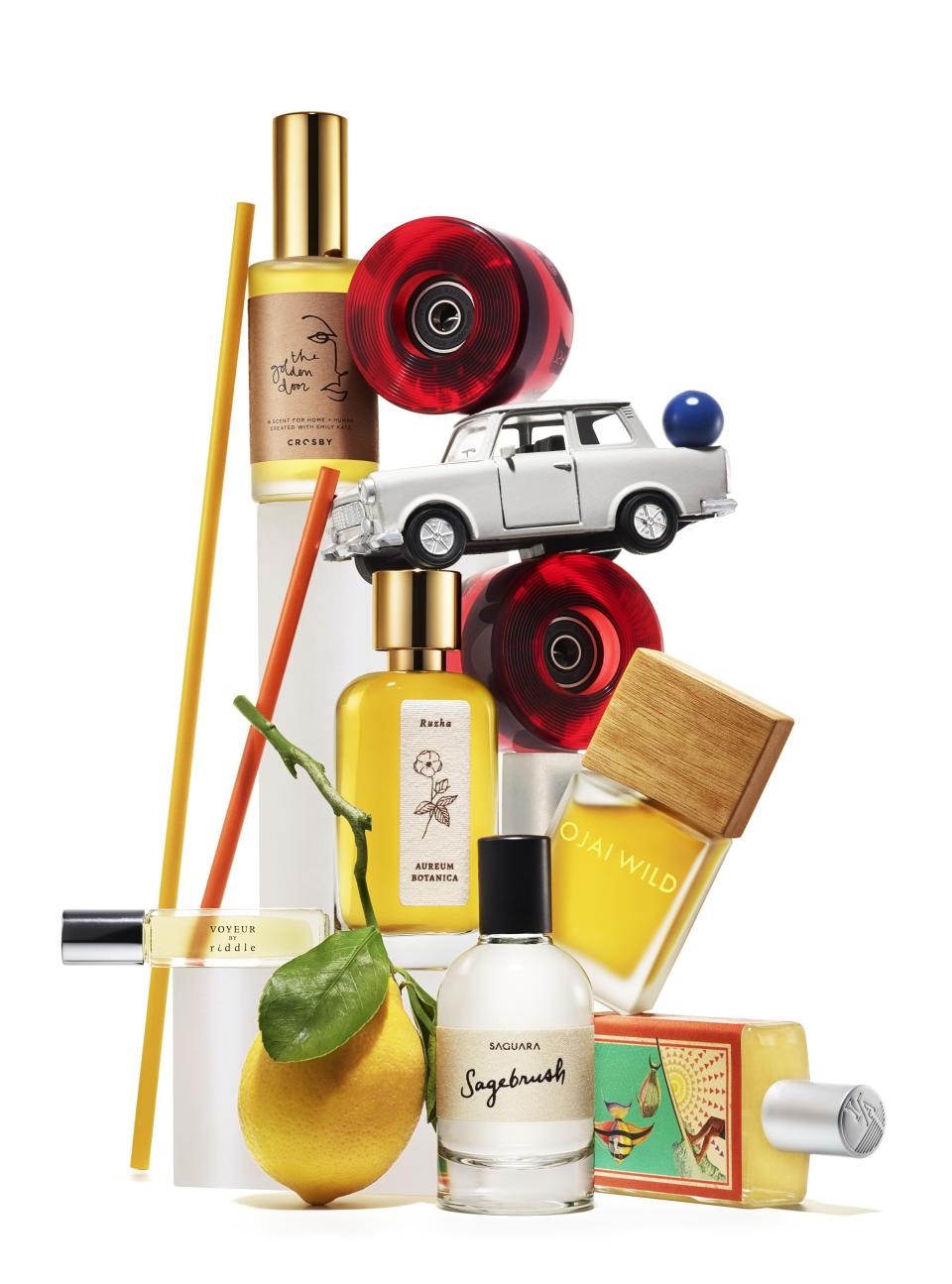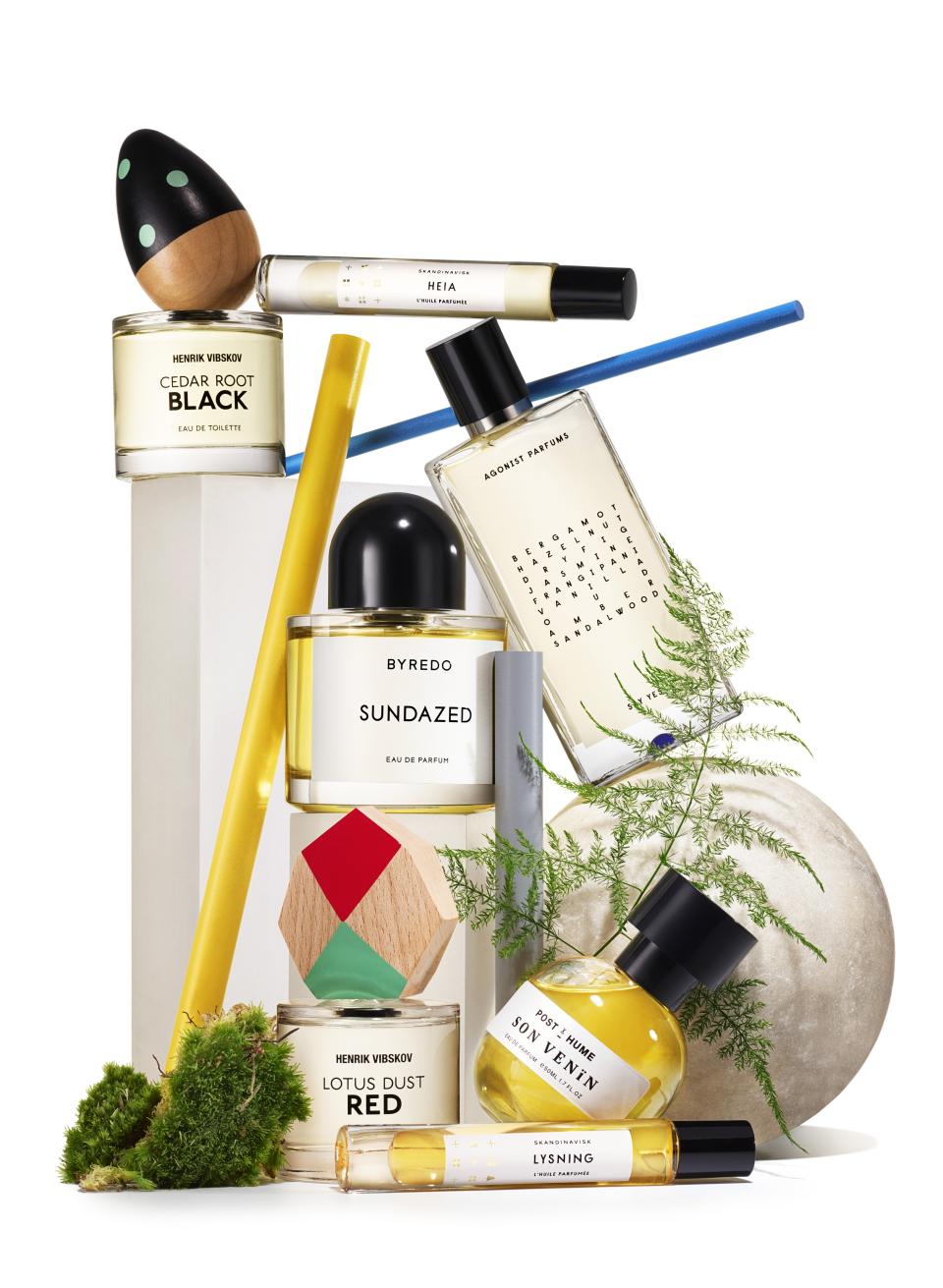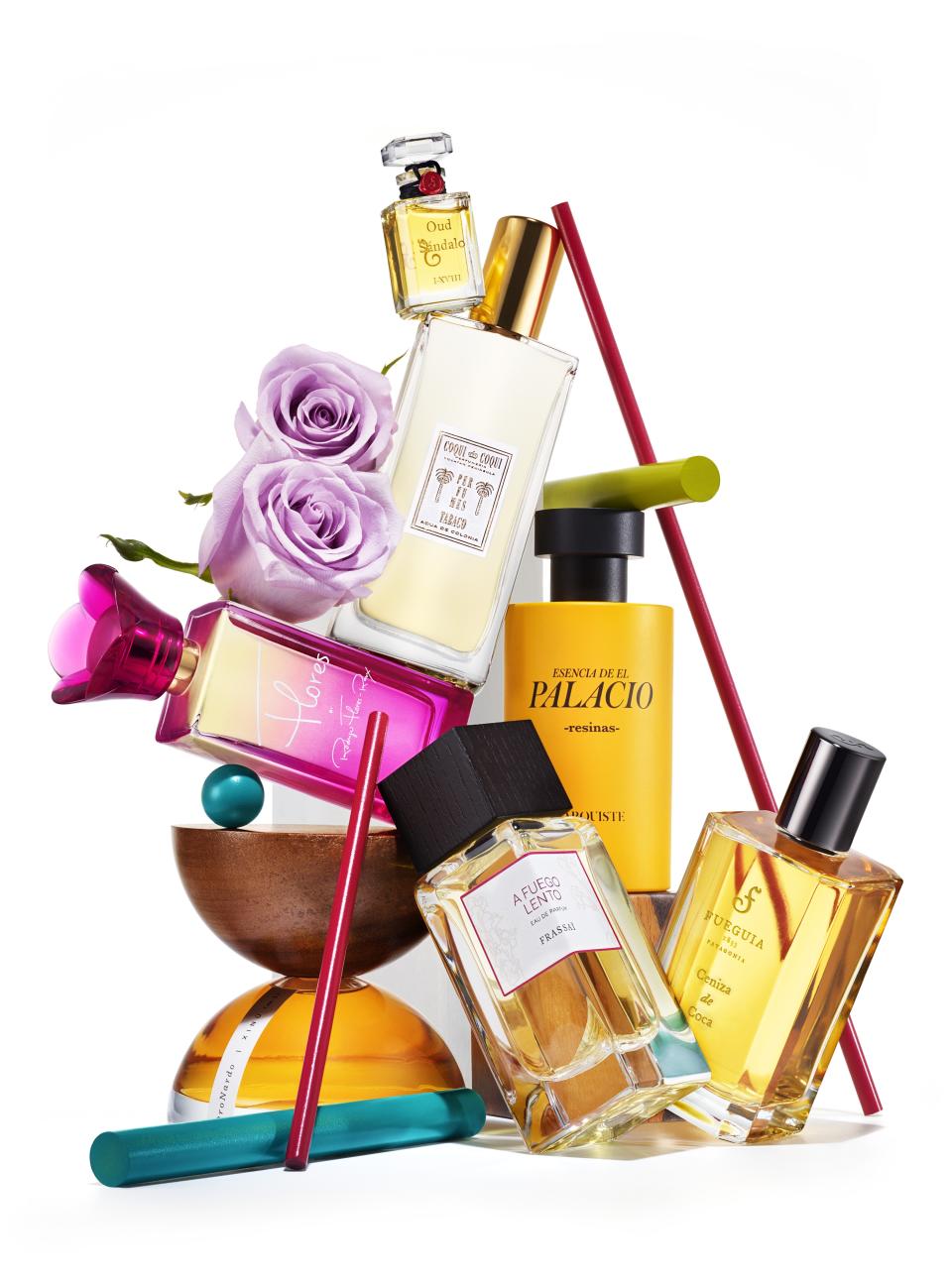Move Over, France: These Are the New Perfume Capitals of the World
The fragrance world will always have Paris. But thanks to three new hotbeds of modern perfume creation, personal scents are getting way more unusual and inspired, thanks to three new hotbeds of modern perfume creation. In the Western United States, Californians and Pacific Northwesterners are evoking — and often working with — botanical ingredients found in their surroundings (California chaparral staple sage, different kinds of pines found in Oregon and Washington). In Scandinavia, abstract ideas are concocted in labs, then bottled in flacons as clean-lined as the region's trademark furniture and architecture. And finally, in Latin America, perfumers are reinterpreting the colors and scents of the Argentinian plains and Mexican beaches in boldly-shaped and colored bottles. And what do all these new perspectives mean for you? A brighter, broader selection of ways to scent yourself than ever before. Meet the new fragrance capitals.
Western United States

For perspective, some 170 years ago, while California was being overrun by prospectors, France’s perfume trade was already well on its way to becoming the behemoth it is now (it went from a 2 million–franc business in 1810 to 75 million in 1889). Today, America’s West Coast has a bumper crop of niche perfume brands, many mixed by self-taught perfumers who work in small batches with lots of local flavor. “We buy strawberries from the farmers market and sun-dry them, then infuse them in alcohol and use it as the base of our perfumes,” says Linda Sivrican, creator of Aureum Botanica and Saguara Perfumes. “I also use a dried lavender from Ojai and sun-dried Meyer lemons.” In Oregon and Washington, perfumes tend to be just as botanically influenced, but dressed differently — their bottles are often more fanciful than the spare, minimal designs that come out of California.
Portland alone is home to Imaginary Authors’ full-color illustrated “covers,” each with an ingredient-based theme; Crosby Elements’ intimate scrawled sketches; and the Sum’s hieroglyphic-like symbolism. Bottles from Seattle’s Blackbird feature logos with a nostalgic, label-maker look. “Our brands have a laid-back West Coast spirit to them,” Sivrican says. But that doesn’t mean they’re uncomplicated. “We put tremendous effort into making them feel simple and unfussy.”
Scandinavia

Thirteen years ago, Byredo was a little-known fragrance brand hailing from Stockholm. Today, its perfume bottles, with their bulbous black cap and graphic black font, are recognizable — and available for purchase — in places as disparate as Glendale, California, and Hong Kong. “‘Less is more’ has driven both the design and perfumery of Byredo,” says founder and creative director Ben Gorham. “That philosophy definitely has a link to the Scandinavian way of thinking.” It seems so. Other Swedish perfume lines, like Agonist Parfums, Svensk Parfym, 109 Parfums, and Ann Ringstrand, have similarly spare designs, as do the crisp labels of Norway’s Son Venïn, Iceland’s Andrea Maack, and Denmark’s Skandinavisk and Zarkoperfume.
The scents within tend to either draw on Nordic life (Son Venïn’s Posthume takes inspiration from tar used in Norwegian buildings, and Byredo’s Sundazed embodies the glory of the sun after nine months of dreary weather) or make use of offbeat notes, like duct tape (109 Parfums’ Zafaran Obscur) and ink (Henrik Vibskov’s Cedar Root Black). But this, too, is culturally influenced, Gorham says. “Sweden was a socialist country as far back as anyone can remember. In the past decade, we came out of an era of people wearing fragrance to blend in and have entered one where people can develop a signature smell."
Latin America

Perfume has always been a big deal in Latin America. According to market research firm Euromonitor International, the region spent $10.7 billion on fragrance in 2015 (more than in the U.S. and Canada combined). Now countries in the area aren’t just importing the stuff; they’re exporting it. “Historically, Latin Americans have looked to Europe, and to a lesser extent the United States, for fragrances, partially prestige [ones],” says Givaudan senior perfumer Rodrigo Flores-Roux, who was born and raised in Mexico. “There are a few more well-known brands that are changing that,” Flores-Roux adds, listing Mexico City-influenced Arquiste Parfumeur, which uses Mexican botanicals like tuberose, vanilla, and guava in its Esencia de El Palacio line; Xinú, a brand that features copal, a resin used in ancient Mesoamerican rituals, in its Copála fragrance; and Frassaï, whose Argentinian founder created the tango-inspired A Fuego Lento.
Also changing the game are Coqui Coqui Perfumeria, with its Yucatan collection, including notes of tobacco, agave, and flor de naranja (orange blossom) and available from outlets like net-a-porter.com and Bergdorf Goodman; and Fueguia 1833, a Buenos Aires-based line with distinctly South American notes, like coca leaf and cactus flower, with stores in Milan, Zurich, New York City’s SoHo, and Tokyo. And there is Jafra’s Flores, a moniker that references both Latin creator Flores-Roux’s name and the Mexican orchid that stars in the scent. “We are having a moment in the Latin countries for sure,” Flores-Roux says.
A version of this article originally appeared in the March 2019 issue of Allure. For fashion credits, see Shopping Guide. To get your copy, head to newsstands or subscribe now.
More on fragrances:
Ariana Grande's Cloud Is the Perfect Scent for Her New Album)
Kim Kardashian Is Launching Three New KKW Hearts Fragrances for Valentine's Day
Interview: Willow Smith Opens Up About Fragrance, Freedom, and What the Smith Household Smells Like
Now, watch kids make perfume for their moms:

